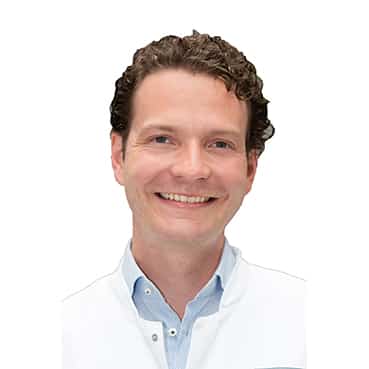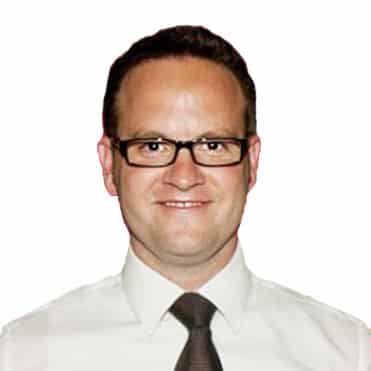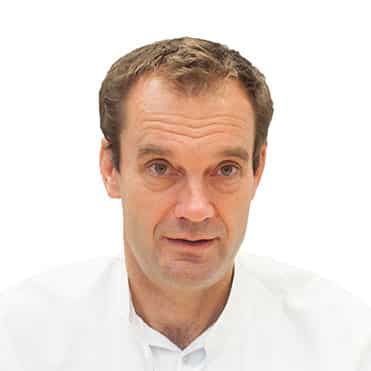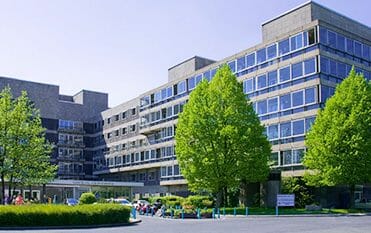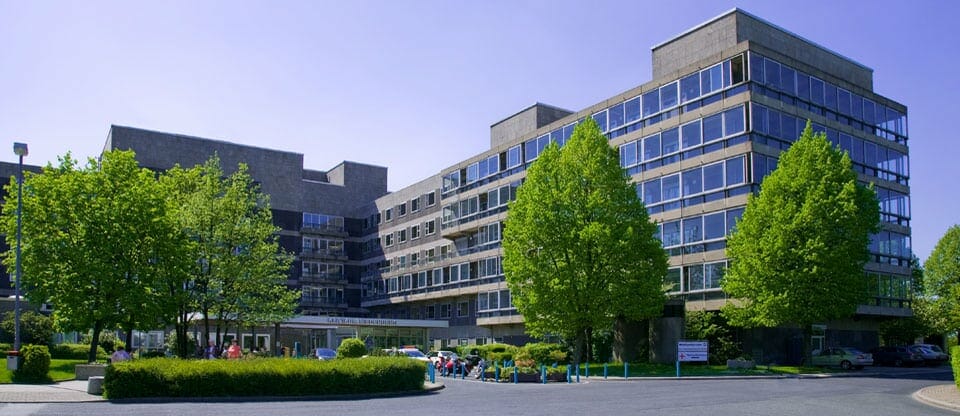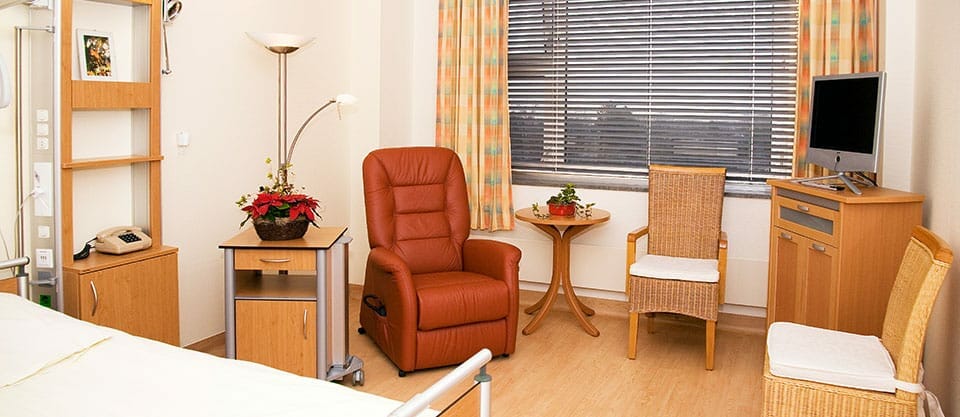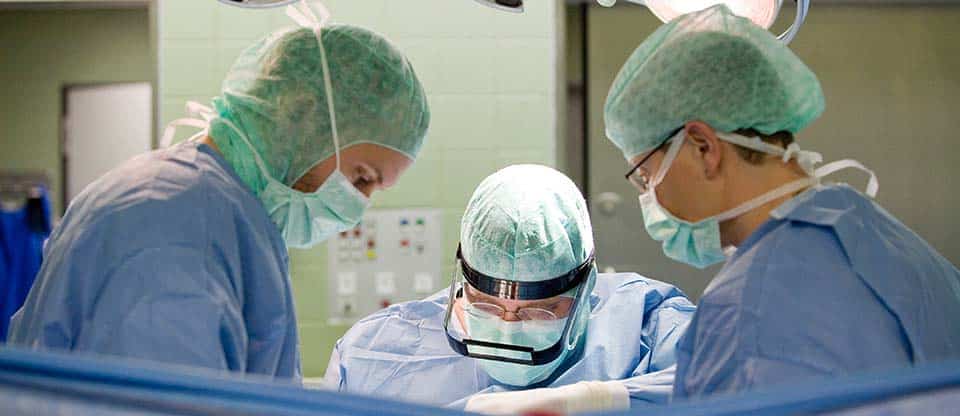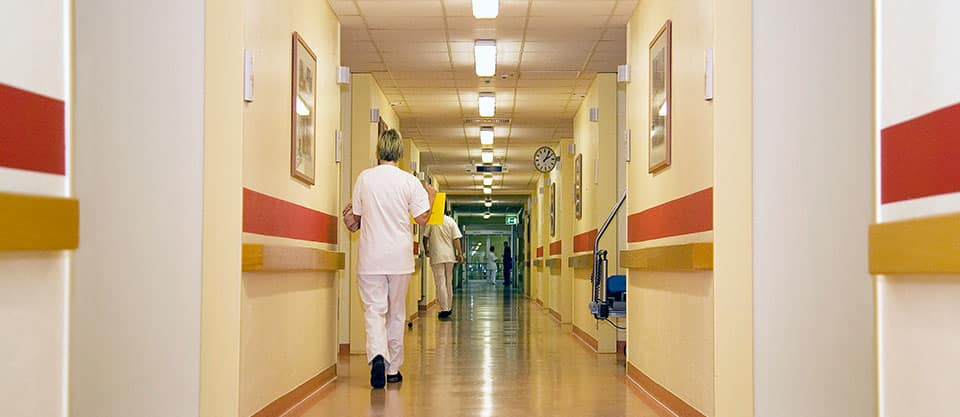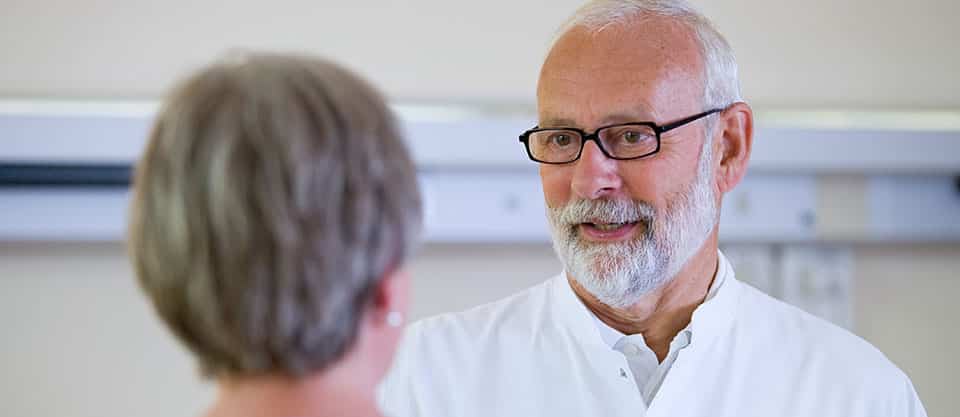A heel spur is a painful condition in the heel bone. The spur looks like a bony beak-shaped or spine-like protrusion emanating from the plantar surface of the tubercle of the calcaneus, the base of which merges with the calcaneal tubercle.
It is formed due to microtrauma that occurs as a result of overloading the base of the plantar aponeurosis (the wide base of the tendons on the calcaneus). During the disease process, the body produces and stores unnecessary bone material at the base of the tendons.
This defensive reaction of the body is in vain because the occurrence of ossification in the area of the tendons leads to further irritation and increased inflammation. Without proper therapy, the disease leads to a constant deterioration with the danger of becoming a chronic disease. Often, a heel spur can be present for quite a long time without causing strong complaints from the patient. If, however, irritation and inflammation of the heel area then occurs, then in most cases normal walking is no longer possible. Complaints are caused not by the presence of a heel spur, but by inflamed tendon attachment points.
Causes
The disease can be caused by various decisive factors:
- overload as a result of increased sports or due to hard physical work;
- overweight (weight index over 25); rheumatic diseases;
- flat feet.
At the same time, small cracks form in the places of attachment of muscles and tendons. This leads to inflammation, bleeding, tissue changes and eventually to calcifications (=ossification) in the fissures. Gradually, because of this, a bone heel spur is formed.
Prevention
Weight loss. Properly selected shoes.
Symptoms
Heel pain.
Diagnostics
X-ray examination, ultrasound and clinical examination by an orthopedist.
Treatment
orthopedic insoles, having a groove in the spur area, provide decompression of pressure on the sore spot. This groove is usually filled with foam. The insoles must also provide support for the arch of the foot, as the material alone is often insufficient.
The orthopedic industry offers padded silicone insoles that look very cute but rarely serve their purpose. This, in turn, cannot be otherwise, since the standard templates for such insoles do not fit each individual patient. Here, orthopedic insoles inserted into strongly springy sneakers or sneakers have proven themselves well. The original insoles should be removed.
Therapeutic exercises, in which the tendons of the calves and soles are stretched.
Orthopedic insoles for correcting existing malpositions of the foot (for example, flat feet and feet with a flat transverse arch) .
Local cryotherapy (ice massage) has an analgesic, anti-inflammatory and relieves swelling effect. It can be used very easily by yourself. To do this, place a package of yogurt with a plastic spoon in the freezer of the refrigerator. After 3-4 hours, you can use a “large ice cube on a stick” to massage the sole, ankle and heel. The massage is carried out gently, with rotating movements. In this case, you should not keep the ice in one place; the entire massage time should not exceed 10 minutes. The massage should be repeated every 2-3 hours. It is useful to do stretching exercises before a massage.
Corticosteroid injections, which are exceptionally painful, since the sole is a highly sensitive area. At the same time, the place of attachment of the muscle is infiltrated with an anti-inflammatory and analgesic mixture of medicines, consisting of local anesthetics and a corticoid mixture. Sometimes this procedure is offered with 3 injections. Relief in most cases does not last very long. There is a danger of long-term changes in the tissue in the sole, which lead to increased pain.
Operation:
The heel spur is cut into at least one side of the leg. Additionally, nerve endings can be divided and, as a rule, the inflamed mucous zone is removed. The duration of bed rest is 2-4 days, with the final unloading of the tendons with special boots with additional insoles, which are gradually used less and less over a period of approximately 6 weeks. In mild cases, if necessary, bilateral surgery is possible. In more severe cases, the first leg must first heal before the other can be operated on, as weight bearing on the operated leg is prohibited. It should be added, however, that often these operations lead to the fact that in addition to the complaints caused by the heel spur, there are also complaints due to pain in the scar tissue.
Anti-inflammatory drugs: Non-steroidal antirheumatic drugs (NSARs) are mostly used, which act as an analgesic, antipyretic and relieve swelling. Most often, the observed side effects are manifested in disorders of the digestive system and are first expressed in complaints about the epigastric region.
External shock wave therapy sometimes relieves chronic pain. The mechanism of action is unclear. The patient must pay the cost of treatment himself. Some private health insurance companies take over the payment for treatment if all the usual methods have already been tried. The cost is about 400 € (March 2007)
Radial shock wave therapy is a cheap option for external shock wave therapy. It is less focused and more penetrating. In contrast to external shock wave therapy, radial therapy is obviously covered by most health insurance companies. 3 to a maximum of 5 shock wave events are recommended, for example at 9 Hz (=9 pulses per second) and at 2,000 pulses in total. The device has a regulating scale for “impact force” and frequency. The impact force scale for various devices ranges from 0.5 to 4.0 atmospheres. The strength of the impulse is set to a tolerable pain limit. Some patients already perceive 0.5 atmospheres painfully. Treatment should cause an increase in tissue metabolism and resorption (absorption) of lime deposits in the tendons. Susceptible patients receive local anesthesia if necessary.
Cross rubbing according to the method of Dr. James Kyriax (= intermittent massage at the junctions of muscles or tendons and bone), if necessary alternately with the application of ice, also with previous heat, electro or laser therapy. With their help, inflammation and internal swelling in the tendons are removed.
Pain treatment using x-ray irradiation (it is also known as x-ray irritant irradiation) of the affected area, in most cases 4-6 sessions are prescribed. In this case, electron radiation or photon radiation and, accordingly, x-ray radiation of higher power is used. In classical X-ray therapy with 150 keV, accelerating devices with a power of 4-6 MeV have been increasingly used for several years. Each session lasts 20-40 seconds, the therapy is completely painless. Numerous studies supported the recommendations up to 80%. The Health Insurance Fund pays for the treatment.
Acupuncture: described by patients in the treatment of heel spurs as a very painful therapy, some patients improve.
Head of the Center for Special Orthopedic Surgery, Onco-Orthopedics and Revision Surgery
Video
Request appointment
Useful links




